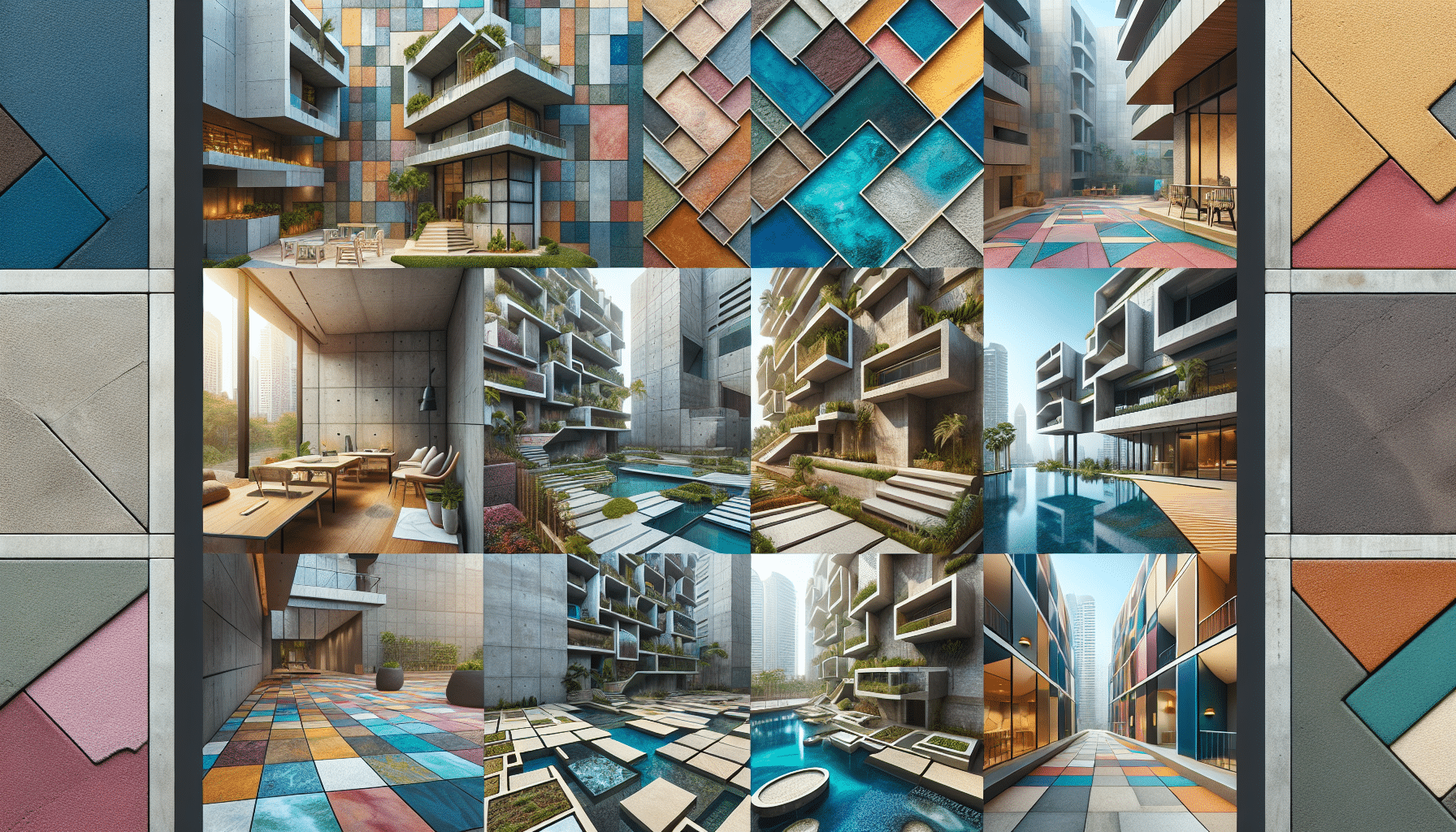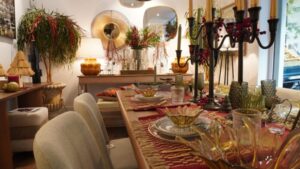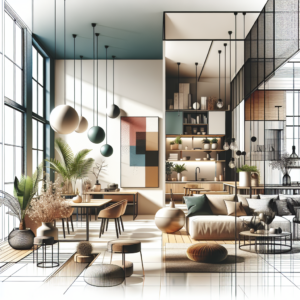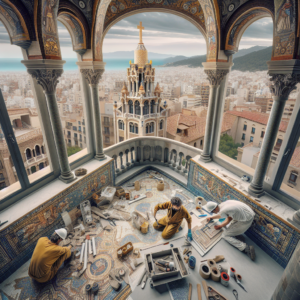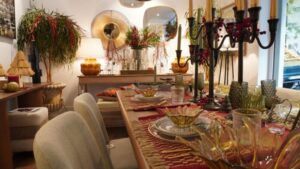In recent years, pigmented concrete has emerged as an innovative solution in the construction and urban design sector, combining aesthetics and functionality. This type of concrete, which incorporates pigments into its mix, offers a wide range of colors and finishes, allowing architects and designers to express their creativity in new ways.
One of the main advantages of pigmented concrete is its durability. By incorporating color directly into the mix, the product maintains its appearance over time, resisting wear and fading caused by exposure to the sun and other elements. This makes it an ideal choice for outdoor spaces, from pavements and sidewalks to building facades.
The applications of pigmented concrete are diverse and go beyond simple surfaces. In contemporary architecture, it has been used to create decorative elements such as urban furniture, sculptures, and play areas, contributing to the revitalization of public spaces. Its versatility also allows for the creation of patterns and textures, adding significant aesthetic value to urban projects.
A highlighted aspect of pigmented concrete is its sustainability. Manufacturers are working on developing pigments based on natural resources and production processes that minimize environmental impact. Additionally, its ability to include recycled materials in the mix promotes more eco-friendly practices in construction.
As the demand for more sustainable and aesthetically pleasing solutions grows, pigmented concrete is positioning itself as an attractive option for residential and commercial developments. Furthermore, its application in landscape design offers unique opportunities for creating spaces that are not only functional but also visually appealing.
In conclusion, pigmented concrete represents a convergence of innovation, aesthetics, and sustainability in the field of construction. As design professionals continue to explore its possibilities, this trend is likely to continue to rise, transforming the urban environment and offering new visual and functional experiences to the community.
Source: MiMub in Spanish

